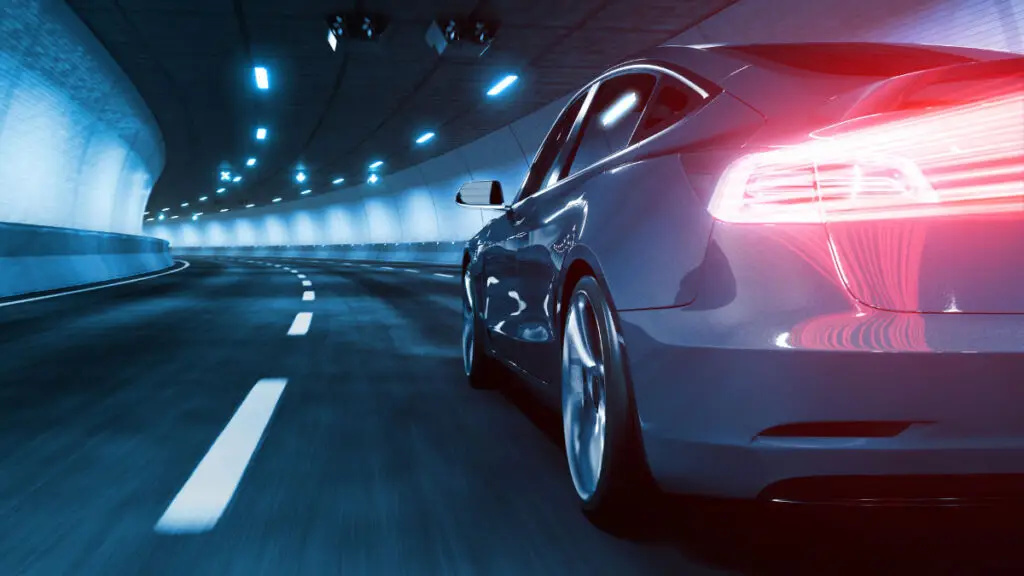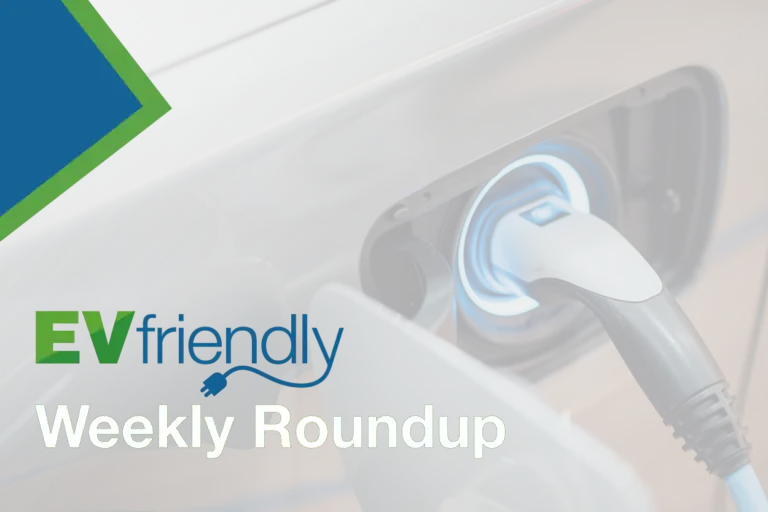Are EVs Safe to Drive?
The answer is, yes. In fact, all vehicles are much safer today than they were 20 years ago, or even 5 years ago. This is due to many new innovative safety features, such as automated driver alerts and other critical accident-avoidance features. However, electric vehicles are powered by high-voltage (HV) lithium-ion batteries, which have enough electrical energy to severely injure or kill a person. Under the right conditions, an overheating HV battery can cause fire.
As an owner, or potential owner of one of these vehicles, it is good to have a basic understanding of the safety features built into EVs to prevent these things from happening, particularly if the vehicle is involved in an collision.
All vehicles have the potential to catch fire, whether they are gasoline powered or electric, but vehicle fires are rare, and electric vehicle fires are actually less common than vehicles with gasoline engines.
HV batteries do carry a lot of stored energy, and that energy can be released as heat, which can cause a thermal runaway event, where individual cells in the battery have been damaged, overheat, and then burst into flames.
HV batteries in EVs have a number of safety features built into them to prevent that from happening, making operating them extremely safe:
To begin with, HV systems are isolated from the vehicle’s chassis so the vehicle can be touched even after a severe crash, without coming into contact with HV electricity.
An HV system shutdown is automatically activated in the event of a crash and is initiated when the vehicle’s occupant protection systems (airbags) deploy. If airbags have been deployed, you can expect that the HV shutdown has automatically been deployed.
However, you should still take precautions if you suspect that the vehicle’s battery or HV components have been damaged due to having been involved in an accident. First, always avoid any contact with HV cables or components, especially if these have been damaged. HV components or wiring can retain a dangerous level of voltage, even when the vehicle is shut off. HV wiring is usually colour-coded orange.
HV batteries are protected by an outer casing, which is very difficult to penetrate. In fact, penetrating a battery casing will likely not immediately result in a fire. More likely, any puncture of a cell will likely result in a potential fire much later.
The warning signs of damage to a HV battery can include fluid leakage, smoke, sparks, increased temperature, or a bubbling or gurgling sound coming from the battery. Irritating fumes in or around the vehicle may be another indicator of off-gassing. If any of these occur, evacuate the area immediately and call the fire department or 911.
You should never attempt vehicle repairs on an electric vehicle yourself. Leave the repairs to your EVfriendly professional.
Jump-starting an EV
Electric vehicles actually come equipped with more than one battery. They have the HV Li-ion battery as discussed, but they also come with a standard 12-volt battery, which helps preserve the charge in the Li-ion battery by supplying low voltage to auxiliary features such as lights, wipers, and audio systems. It is important to keep an eye on the power of the 12-volt battery, as use of accessories when not driving the vehicle could cause the 12-volt battery to go flat. This could leave you stranded if you’re not careful.
If the 12-volt battery goes dead, you will not be able to start the vehicle, but you can jump-start an electric vehicle by connecting a jump pack to the 12-volt battery and following manufacturer instructions. If the 12-volt battery is in the trunk, you will find jump points under the hood. Jump starting a Hybrid or BEV is similar to a conventional vehicle, but always consult with manufacturer recommendations prior to doing so. Due to the location of the battery, there will often be a jump block under the hood. Connection should only be made at this block or the 12-volt battery directly.
Never use one of these vehicles to jump-start another vehicle.
Never make a connection to, or try to jump, an HV battery.
High or medium voltage cables should never be disconnected or touched.
Changing a Tire
We’ve all been in situations where we are running late for work, go out to our car, and notice it has a flat tire. Not all EVs come with a spare tire…some come with a sealant kit and a compressor. When changing a tire on an electric vehicle, always refer to manufacturer guidelines for safe jacking points. And, always check underneath to ensure there are no HV wires or components in the way.
If you are unable to change a tire, or find yourself stranded due to a low HV battery charge, an EVfriendly tow company can tow your car to a charging station, or home, so that you can charge up.
EV Charging
Manufacturers are working hard to grow the EV charging infrastructure, but what happens until then? With gas-powered cars, you just wait on the side of the road for a tow, or for more gas to be delivered. But can you get a mobile charging station delivered? For now, this is not an option in most jurisdictions, and it is quicker and safer to simply tow your car to the nearest charging station.
We recommend calling an EVfriendly tow company. EVfriendly tow operators have been trained to safely tow your car using the right equipment – this usually means towing your EV with a deck truck. Many electric cars don’t have a neutral position like gas-powered cars, so your EV needs to go on a flatbed or dollies to ensure it is not damaged.






